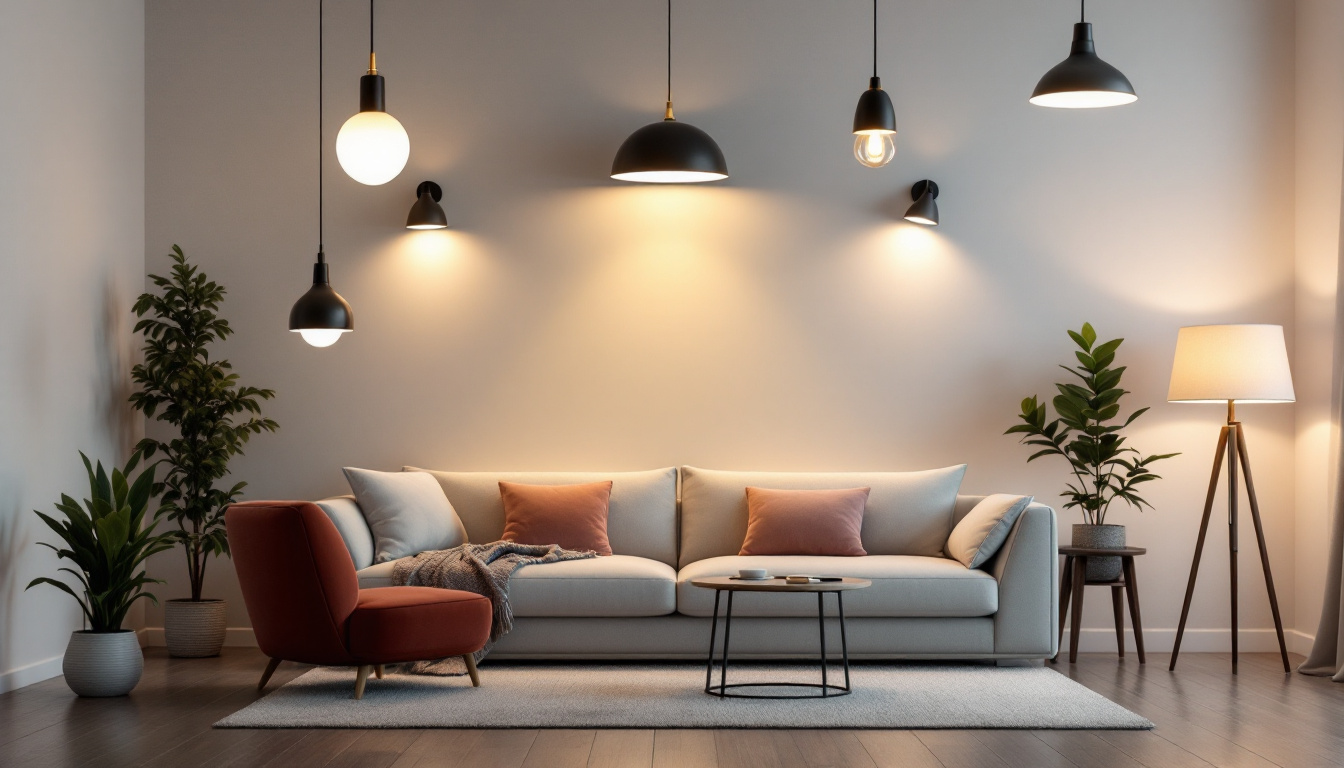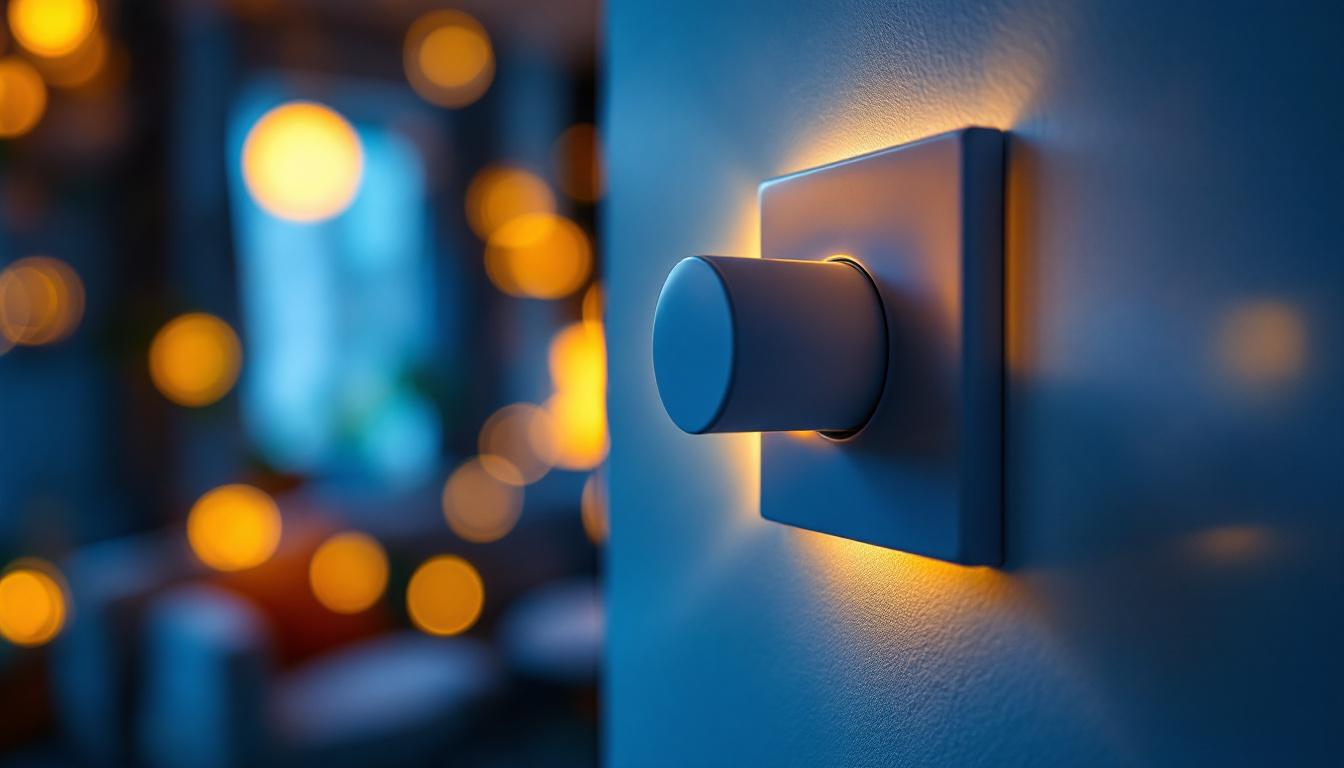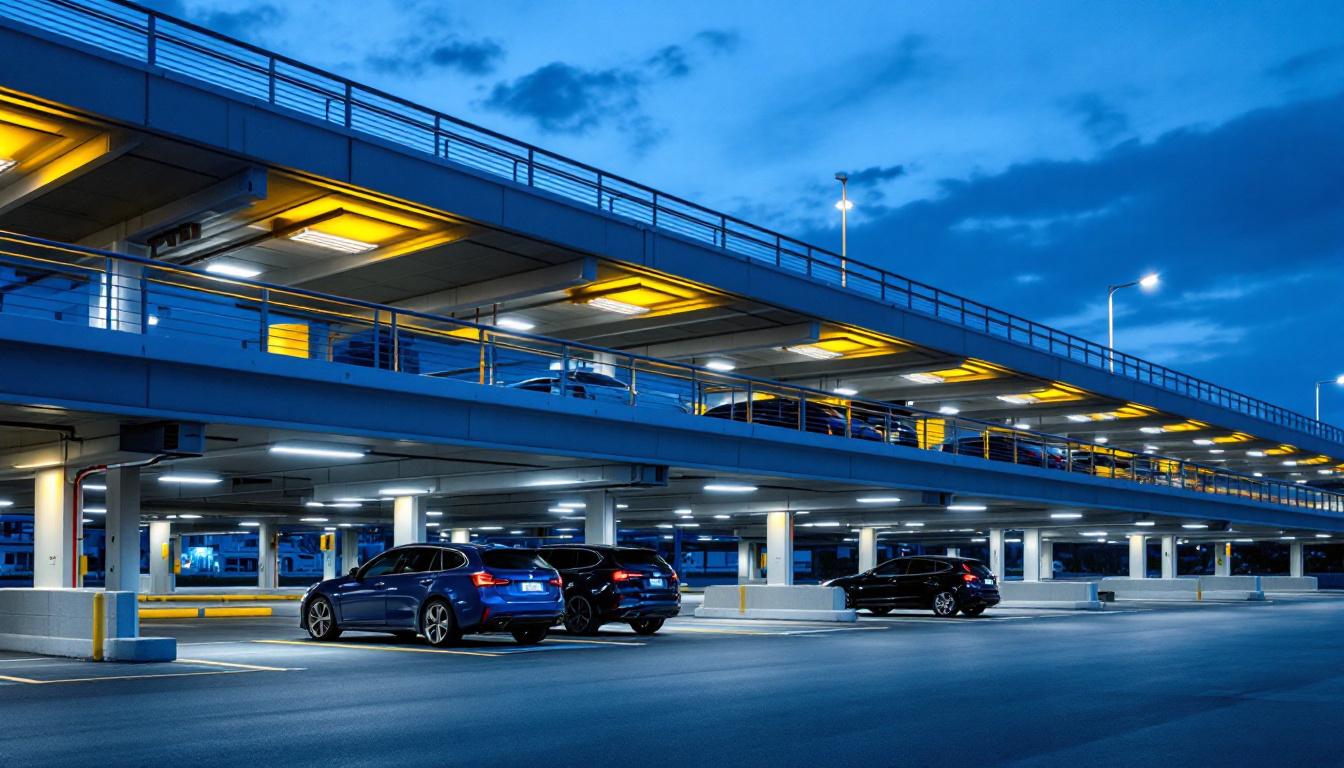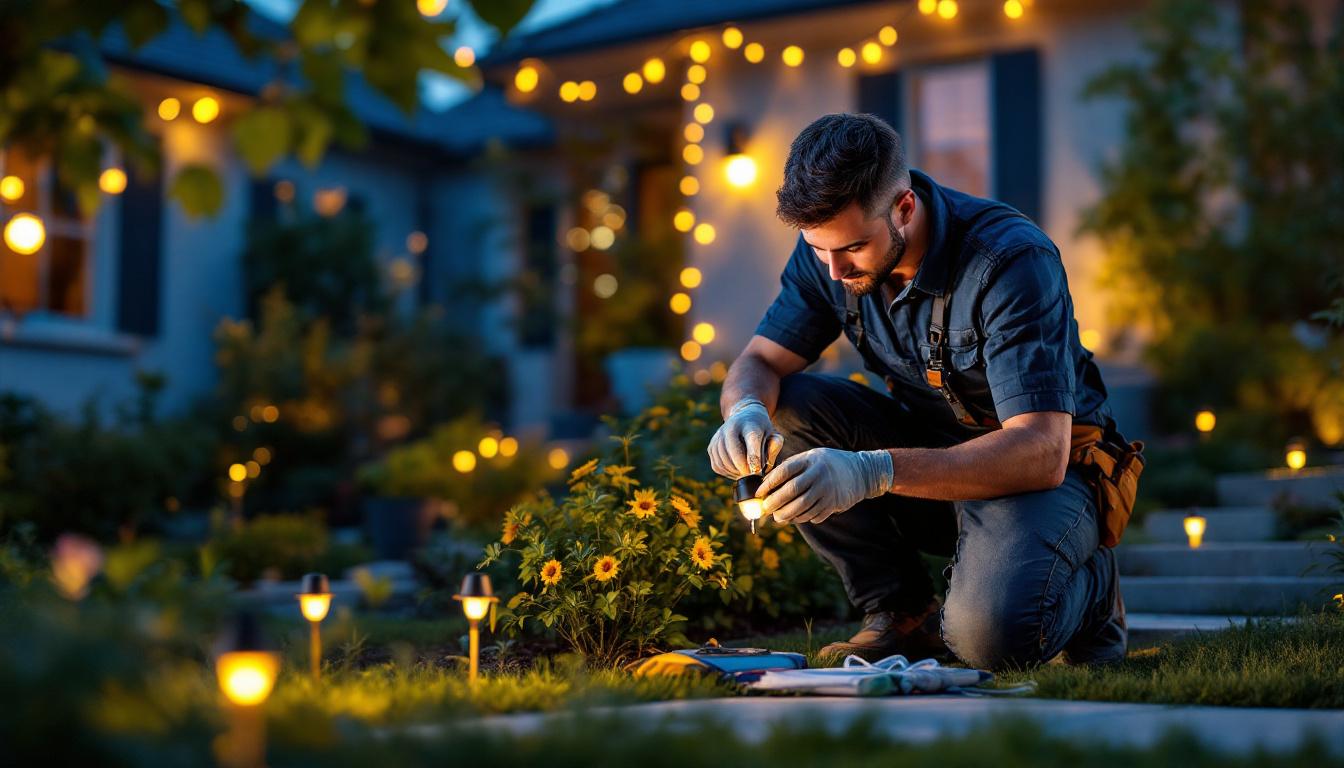
In the realm of lighting design and installation, understanding the cost implications of light fixtures is paramount. For lighting contractors, calculating the annual price of light fixtures not only aids in project budgeting but also enhances customer satisfaction through informed recommendations. This article delves into the methodologies for calculating annual lighting costs and offers insights on optimizing lighting efficiency.
To effectively calculate the annual price of light fixtures, it is essential to break down the costs into manageable components. These components typically include initial purchase costs, installation expenses, maintenance, and energy consumption. Each of these factors contributes significantly to the total expenditure over time.
The initial purchase cost of a light fixture encompasses the price of the fixture itself, as well as any necessary accessories such as bulbs, ballasts, or transformers. When selecting fixtures, it is crucial to consider not just the upfront cost but also the long-term value. Investing in higher-quality fixtures may yield better performance and longevity, ultimately reducing replacement frequency and costs. Additionally, the choice of technology—such as LED versus incandescent—can have a profound impact on both the initial purchase price and the overall energy efficiency of the lighting system. For instance, while LEDs may have a higher initial cost, their lower energy consumption and extended lifespan often result in significant savings over time.
Installation costs can vary widely based on the complexity of the project and the type of fixtures being installed. Factors such as labor rates, the need for specialized equipment, and the time required for installation should all be taken into account. Proper planning and efficient installation practices can help minimize these costs, making it essential for contractors to assess the installation process thoroughly. Furthermore, the choice of installation site can also influence costs; for example, fixtures installed in hard-to-reach areas may require additional scaffolding or tools, increasing labor expenses. Engaging skilled professionals who are experienced in lighting installation can ensure that the job is done correctly and safely, potentially avoiding costly mistakes that could arise from improper installation.
Maintenance is another critical aspect of the total cost of ownership for light fixtures. Regular upkeep, including cleaning, bulb replacement, and repairs, can add to the annual expense. Contractors should educate clients on the importance of routine maintenance to prolong the lifespan of fixtures and maintain optimal performance. Implementing a maintenance schedule can help in forecasting these costs accurately. Additionally, the type of environment in which the fixtures are installed can significantly affect maintenance needs; for example, fixtures in commercial kitchens or industrial settings may require more frequent cleaning and servicing due to exposure to grease, dust, or moisture. Moreover, advancements in smart lighting technology can provide valuable data on usage patterns and maintenance needs, allowing for proactive management of lighting systems and further reducing long-term costs. By leveraging these technologies, facility managers can optimize their lighting strategy while ensuring that their investments remain efficient and effective over time.
Energy consumption is often the most significant ongoing cost associated with light fixtures. Understanding how to calculate energy usage is essential for providing clients with a clear picture of their lighting expenses. This involves determining the wattage of each fixture and the total hours of operation per year. Additionally, it is crucial to consider the type of lighting technology being used, as advancements in energy-efficient lighting solutions can drastically alter overall consumption and costs.
The wattage of a light fixture directly correlates to its energy consumption. For example, a 60-watt incandescent bulb consumes 60 watts of power when in use. In contrast, LED fixtures typically use significantly less wattage for the same light output, making them a more energy-efficient option. When calculating annual costs, it is vital to consider the wattage of each fixture type being installed. Furthermore, understanding the concept of lumens per watt can help contractors and clients make informed decisions about which fixtures to choose, as this metric indicates the efficiency of the light produced relative to the energy consumed.
To estimate annual energy consumption accurately, contractors must assess the average number of hours the fixtures will be operational each day. This can vary based on the type of space, usage patterns, and client preferences. For instance, fixtures in commercial settings may operate for longer hours compared to residential installations. By multiplying the daily operating hours by the number of days in a year, contractors can arrive at an annual usage figure. Additionally, seasonal variations in daylight can impact operating hours, especially in spaces that rely on natural light during certain times of the year. This variability should be factored into the calculations to ensure a more precise estimate of energy consumption.
Once the wattage and operating hours are established, calculating the annual energy costs becomes straightforward. The formula is as follows:
Annual Energy Cost = (Wattage × Operating Hours × Days in Use) / 1000 × Energy RateWhere the energy rate is typically measured in kilowatt-hours (kWh). This calculation provides a clear estimate of the energy costs associated with operating the light fixtures, allowing contractors to present clients with a comprehensive financial overview. Moreover, it is beneficial to discuss potential savings that can be achieved through the use of energy-efficient lighting solutions, such as LED technology, which not only reduces energy costs but also has a longer lifespan, resulting in lower maintenance and replacement expenses over time. By highlighting these factors, contractors can help clients make more informed decisions that align with both their budgetary constraints and sustainability goals.
Maximizing lighting efficiency is not only beneficial for reducing costs but also contributes to sustainability efforts. By selecting the right fixtures and implementing smart strategies, contractors can help clients achieve significant savings while enhancing the quality of light in their spaces. This dual focus on cost-effectiveness and environmental responsibility is becoming increasingly important as businesses and homeowners alike seek to minimize their carbon footprints while maintaining a comfortable and productive environment.
One of the most effective ways to optimize lighting efficiency is by selecting energy-efficient fixtures. LED lighting has revolutionized the industry, offering substantial energy savings compared to traditional incandescent and fluorescent options. LEDs not only consume less power but also have a longer lifespan, which translates to lower replacement and maintenance costs. Additionally, the versatility of LED technology allows for a wide range of color temperatures and designs, enabling tailored solutions that can enhance the aesthetic appeal of any space, from cozy residential settings to sleek commercial environments.
Incorporating smart lighting controls can further enhance energy efficiency. These systems allow for the automation of lighting based on occupancy, time of day, or natural light availability. For instance, motion sensors can turn lights off in unoccupied areas, while daylight harvesting systems can adjust artificial lighting based on the amount of natural light present. Implementing these technologies can lead to significant reductions in energy consumption. Furthermore, the integration of smart home systems allows users to control their lighting remotely, providing convenience and the ability to optimize energy use even when they are away from the premises.
A thorough lighting audit can help identify areas for improvement in existing installations. By evaluating the current lighting setup, contractors can recommend adjustments that enhance efficiency and performance. This may include repositioning fixtures, upgrading to more efficient bulbs, or even redesigning the lighting layout to reduce energy waste. Moreover, a lighting audit can reveal opportunities for incorporating task lighting, which focuses light where it is needed most, thereby reducing the overall amount of lighting required in a space. This not only improves functionality but also enhances the overall ambiance, making environments more inviting and productive.
Examining real-world applications of these principles can provide valuable insights into the effectiveness of various strategies. Here are a couple of case studies that illustrate the impact of calculating annual lighting costs and optimizing efficiency.
A commercial office building underwent a lighting retrofit to replace outdated fluorescent fixtures with energy-efficient LED alternatives. By calculating the annual energy costs associated with the old fixtures, the contractor was able to demonstrate potential savings to the building management. After implementing the new LED system, the office reported a 60% reduction in energy consumption, leading to significant cost savings over time.
In a retail setting, lighting plays a crucial role in enhancing the shopping experience. A lighting contractor conducted a lighting audit for a retail store struggling with high energy bills. By analyzing the current fixtures and their usage, the contractor recommended a combination of LED fixtures and smart lighting controls. The store experienced improved lighting quality, reduced energy costs, and increased customer satisfaction, showcasing the benefits of strategic lighting optimization.
Calculating the annual price for light fixtures is a multifaceted process that requires careful consideration of various cost components, including initial purchase, installation, maintenance, and energy consumption. By employing effective strategies for optimizing lighting efficiency, contractors can not only reduce costs for their clients but also contribute to a more sustainable future.
As the demand for energy-efficient lighting solutions continues to grow, staying informed about the latest technologies and practices will be essential for lighting contractors. By mastering the art of cost calculation and optimization, professionals can position themselves as trusted advisors in the lighting industry, ultimately leading to successful projects and satisfied clients.
Ready to take the next step in optimizing your lighting projects for maximum efficiency and cost savings? Look no further than LumenWholesale for all your lighting needs. Our commitment to providing contractors with the highest quality, spec-grade lighting products at unbeatable wholesale prices sets us apart. With LumenWholesale, you’ll enjoy the convenience of bulk buying without the hassle, complete with free shipping and no hidden fees. Make the smart choice for your lighting solutions and experience the ideal combination of quality, affordability, and convenience. Discover the best value in wholesale lighting by visiting Wholesale Lighting at the Best Value today.

Discover the crucial details lighting contractors often miss when installing dimmer light switches for LED systems.

Explore the transformative role of stair lighting in modern design projects and discover how it challenges and inspires lighting contractors.

Discover the essential best practices lighting contractors employ to illuminate parking structures effectively.

Discover essential insights and practical tips for lighting contractors working with LED solar mini systems.